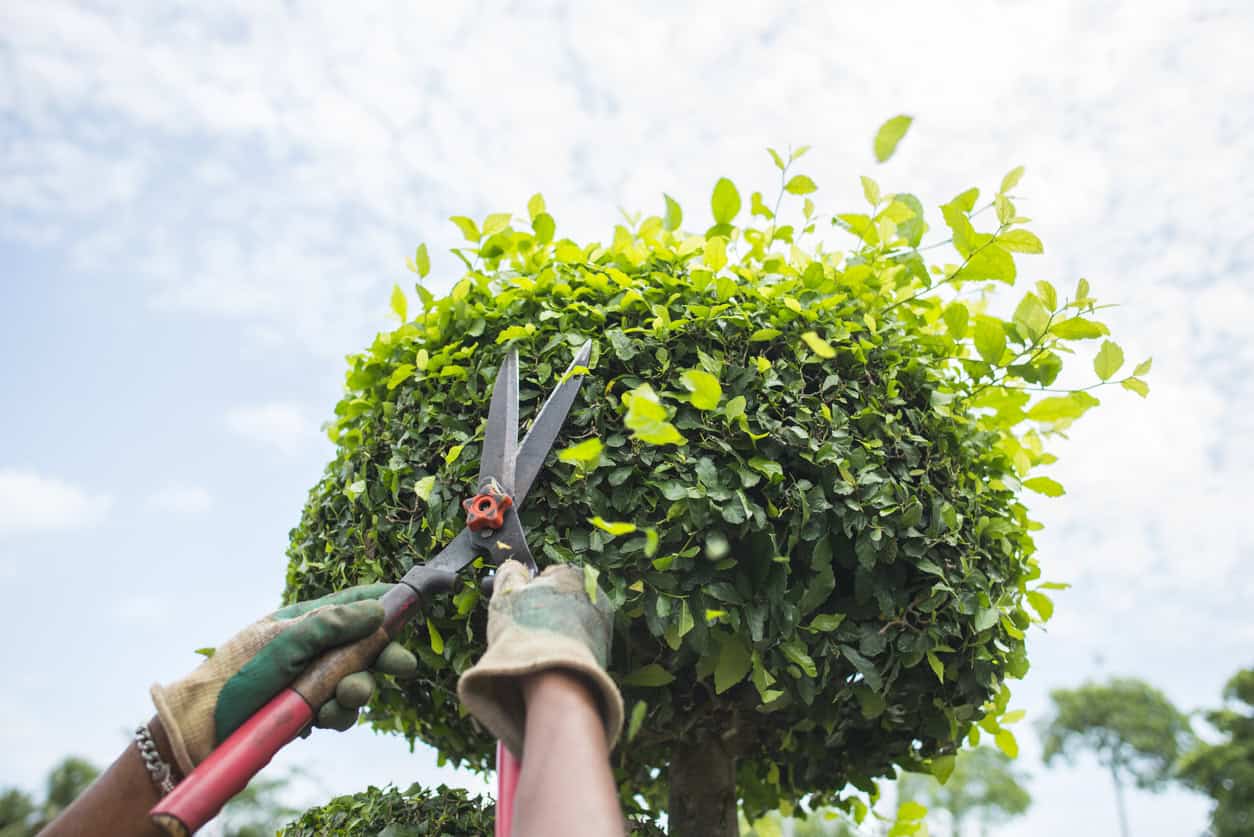
Spring Pruning Tips to Keep Your Landscaping Looking Fresh
May 14, 2019What You Should Know About Spring Pruning
The weather is a little warmer, the snow is likely gone for the year, and things are beginning to green up in your yard. Spring has arrived, and with it a few essential landscape maintenance tasks essential to bringing a well-maintained lawn into the warmer months. Among these spring tasks is pruning.
What plants should you be addressing? How, exactly, should you go about spring pruning? Why is spring pruning beneficial? Read on for a quick guide and the answers to these questions.
Why Is Spring Pruning Beneficial?
Proper pruning can remove dead or diseased branches, as well as shape shrubs, bushes, and trees into more aesthetically pleasing forms. Some plants flower only on new growth, so pruning these plants promotes blooming and keeps overgrowth to a minimum. Other plants simply respond better to pruning during the dormant period of early spring, allowing stored nutrients to reach the actively growing parts of the plant.
What is Rejuvenative Pruning?
Spring pruning is advantageous in that it allows you to properly assess a plant’s shape without blooms and new growth so there are fewer obstructions to determining the plant’s final shape. Pruning in early spring also allows the wounds created by the cuts you’ve made to seal properly before the rapid growth to come with warmer days.
Trees
With many trees, such as birches, maples, oaks, elms and crab apples, you should only prune during the winter months, to prevent pests and diseases from accessing fresh cuts, or to prevent excess sap from bleeding out. Prune spring flowering trees, such as dogwoods, only after flowering. You can prune dogwoods down to only a few branches each year.
Evergreens
Both needled and broadleaf evergreens can benefit from spring pruning. Focus on the desired shape of the shrub and trim to fit. Remove overgrown new growth, dead, and unwanted branches, but avoid cutting into old wood since it may not sprout again.
Summer Flowering Plants
Spring is an ideal time to prune shrubs and vines that do not flower in spring, such as crepe myrtle, butterfly bush, and Pee Gee hydrangea, but you must prune before the plant pushes out new growth. Trim to the desired shape and remove excess growth and thickness.
Spring Flowering Plants
Do not prune plants that flower in spring, such as lilacs, most roses, forsythia, most hydrangeas, and rhododendrons, until after they’ve flowered in late spring. Since they bear blooms on wood formed the previous year, prune right after blooming to prevent removing the new growth that will produce blooms next year.
Questions about pruning? Contact us for a consultation at your earliest convenience.
 DiSabatino Landscaping is Delaware’s #1 Hardscape and Landscape Specialist. We can help advise you what is best way to maintain your landscaping! Give us a call today! 302-764-0408
DiSabatino Landscaping is Delaware’s #1 Hardscape and Landscape Specialist. We can help advise you what is best way to maintain your landscaping! Give us a call today! 302-764-0408